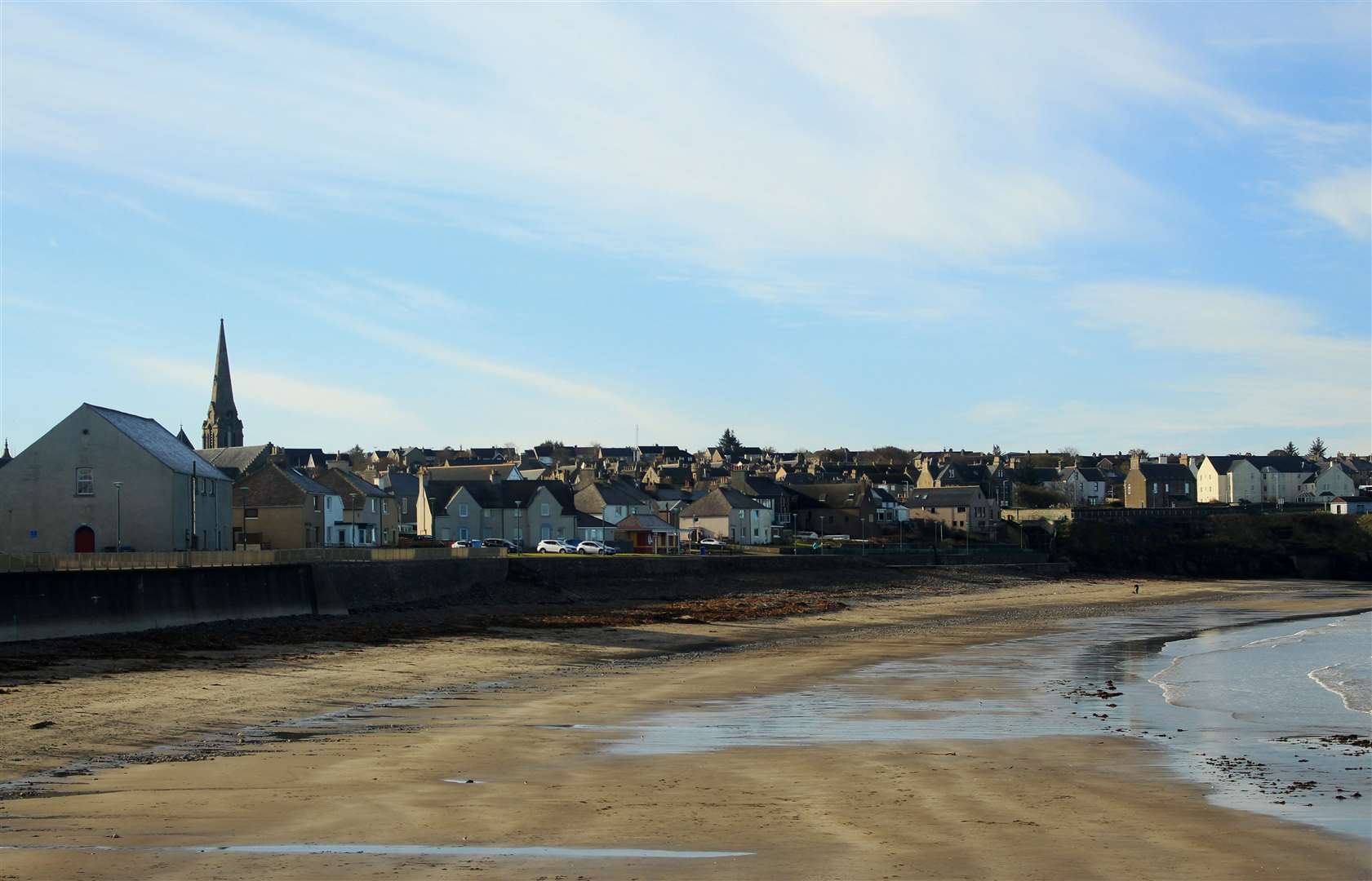Caithness and Sutherland facing ‘severe population decline’

The threat of "severe population decline" is looming over Caithness and Sutherland, a Highland Council report has warned.
It says slight population growth across the region as a whole "masks significant regional disparities", with the population of Caithness expected to fall by 18 per cent by 2040 and that of Sutherland projected to go down by 15 per cent over the same period.
Numbers among younger groups are said to be decreasing Highland-wide, while at the other end of the spectrum there was a rise of more than 60 per cent in those aged 75 and over between 2001 and 2021.
"The older population structure of the Highlands and Islands has been linked to its attractiveness as a retirement destination," the document states. "Due to the natural ageing of the population and in-migration of people aged 65-plus, numbers in this age group have grown considerably."
The report, identifying a number of population trends that emerged in the 2022 census, will go before a full meeting of the council on Thursday.
It points out that between 2011 and 2022 the Highland population rose by 1.4 per cent to 235,400. Scotland's population as a whole over that time saw an increase of 2.7 per cent to 5,436,600.
The number of people aged 65-plus in the Highland region rose by 5.2 per cent from 2011-2022, compared with a Scotland-wide rate of 3.3 per cent.
At a local level, Wick's population was said to have fallen from 7100 to 6870 (-3.3 per cent) from 2003 to 2020, while the population of Thurso and Scrabster declined from 7680 to 7390 (-3.9 per cent) over the same period.
The report highlights an emerging pattern of significant population growth in the Inner Moray Firth and a population "drain" from the western Highlands and Caithness.

"Natural change in Highland was negative (more deaths than births) between 2011 and 2018," the report says. "Migration into the region is therefore the key driver of population change, and the nature and extent of this varies substantially across the region, impacting demographic changes."
The report goes on to state that approaches to population decline and changing demographics "need to be nuanced and geographically sensitive".
It says the Scottish Government’s draft Addressing Depopulation Action Plan shows that Holyrood acknowledges the depopulation crisis facing rural Scotland.
"However, the latest census figures suggest that, taken together, it is having little effect in terms of altering the current trajectory and doing more of the same is therefore unlikely to deliver a different outcome," the report says.
"Issues around access to housing, transport, quality employment and the availability of skilled workers are all interconnected. Consequently, a whole system approach is needed if the compound impact in rural areas of historic underfunding, combined with the high cost of service delivery and widespread market failure, is to be reversed."
On a more positive note, the report points to "great opportunities" to bring long-term sustainability, including renewable energy work at harbours such as Wick and Scrabster. It also mentions the space, aquaculture and tourism sectors and the need for "a joined-up approach to retaining and attracting population to the region".
The report points out: "Focusing on only challenges and difficulties can risk overlooking the huge untapped opportunity that exists across the Highland area. We have a wealth of natural land-based and marine resources and the scope for renewable energy initiatives is almost limitless with the potential for the Highlands to become the green powerhouse of the nation.
"We have also secured the Inverness and Cromarty Firth Green Freeport which promises significant wider benefits for the whole of the Highlands as well as for Scotland. The biggest risk possibly lies in limiting the opportunities we have due to a lack of supporting infrastructure and a long-term vision for growth."
On transport connectivity, the report says "it is essential that the benefits of significant investments already carried out, including funding for community transport schemes, investment in roads and bridges and support for air services, are measured and reported on, and that this informs local and national funding mechanisms in the future".
The report also flags up "significant concerns" over the sustainability of the independent care home sector in the region.
Councillors on Thursday will be invited to consider the population trends affecting the Highland area, note the specific challenges facing Highland Council and NHS Highland on social care provision and agree that further planning be done on a comprehensive response to the Scottish Government's action plan.
Highlands and Islands Green MSP Ariane Burgess said: “Depopulation isn’t inevitable for our rural areas. Places like Orkney have shown that our rural and island communities can be attractive destinations for young people to live, as well as older people to retire to.
“The employers I meet in the Highlands are keen to grow and expand but struggle to recruit and house workers. That’s why Greens in government have pushed for an increase in the number of homes being built in rural areas and secured funding to support communities who want to take the lead on building their own housing."
Do you want to respond to this article? If so, click here[2] to submit your thoughts and they may be published in print.
References
- ^ Click here to sign up to our free newsletters! (www.johnogroat-journal.co.uk)
- ^ here (www.johnogroat-journal.co.uk)